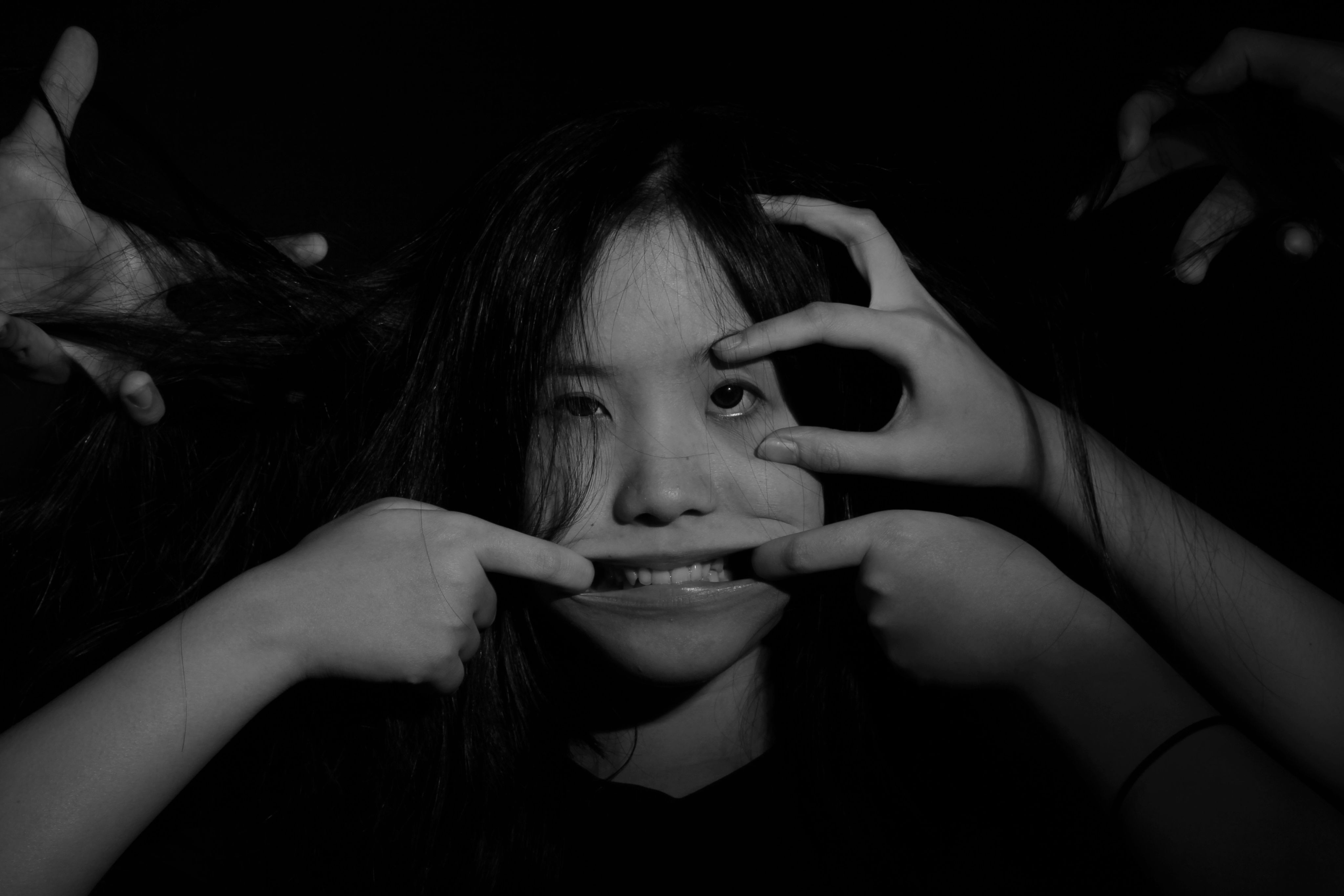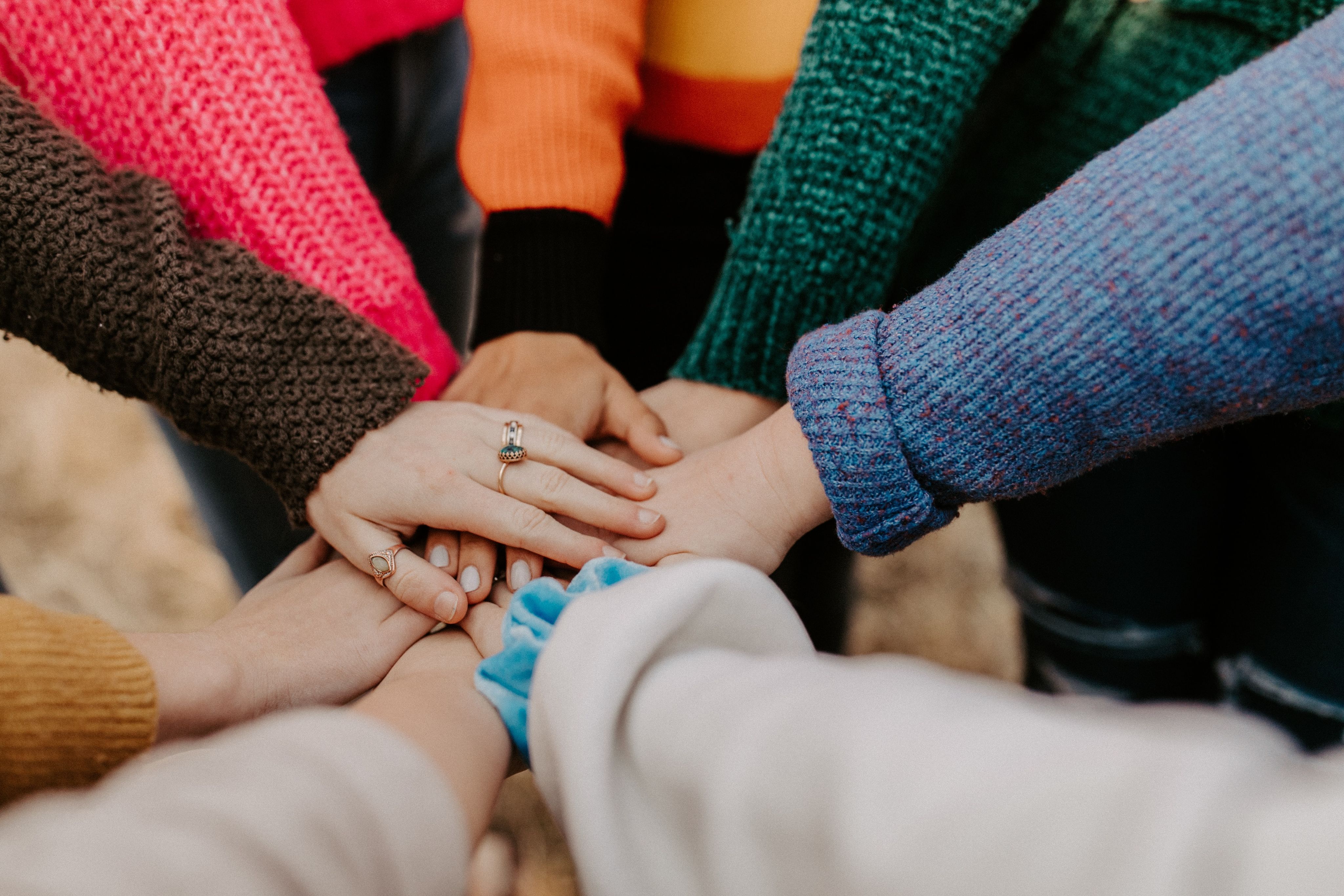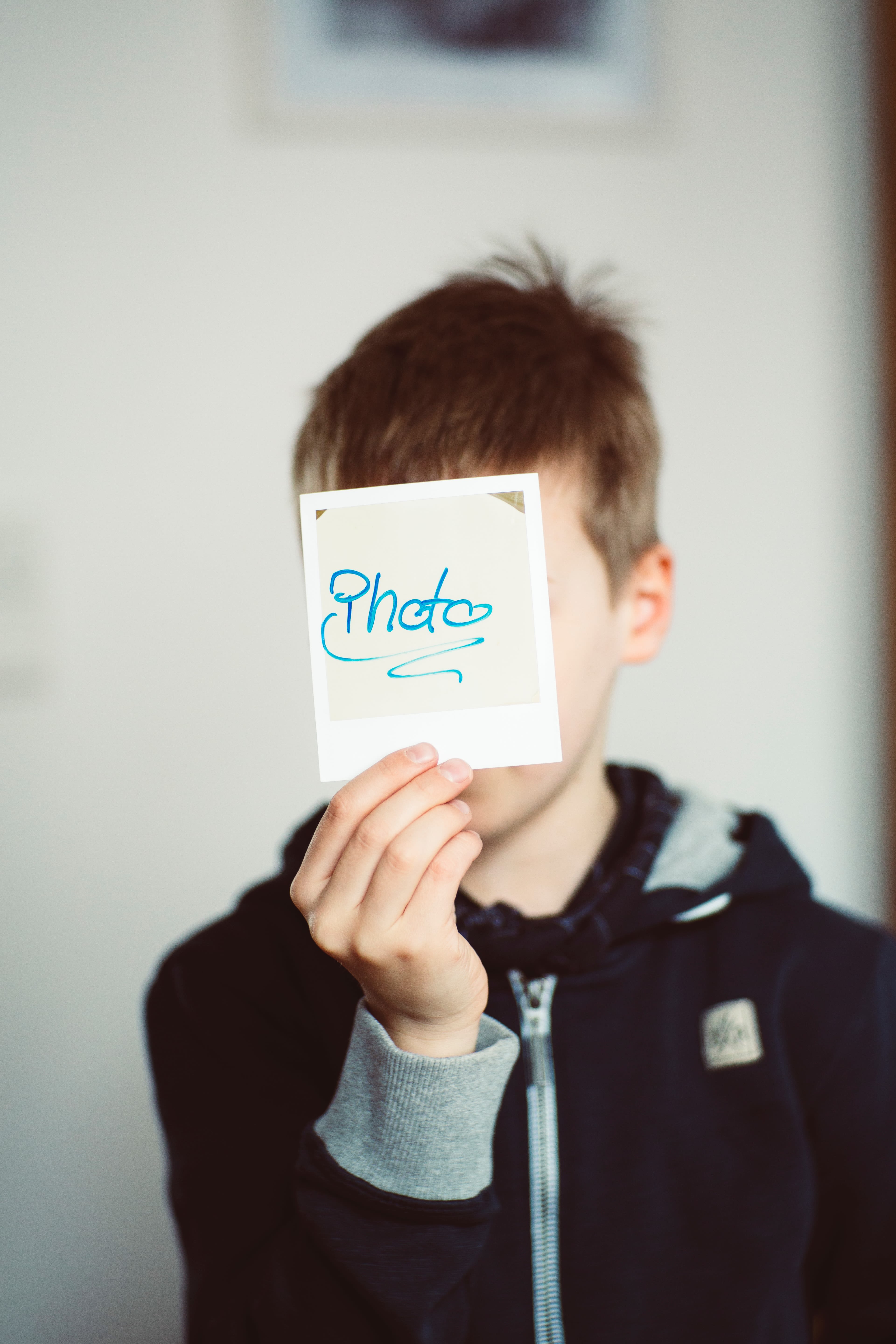Challenging Society's Narrow Definition of Perfection
The Effect of Social Media's filters on Adolescents

The objective is to uncover the intricate relationship between the use of face and body filters on social media platforms and their profound impact on the body image and self-esteem of adolescents

Introduction:
In today's digital age, social media has become a crucial part of our lives.
It offers opportunities for self-expression, connection, and identity formation.

The Issue:
Yet, there is a growing concern surrounding the pervasive use of social media face filters among adolescents.
Through the lens of face filters, they can effortlessly enhance their appearance, seemingly conforming to unrealistic beauty standards set by social media trends.

The consequences:
This narrative shed light on the importance of addressing this phenomenon and its profound impact on adolescent mental health, self-esteem, and overall well-being.
In a recent study tackle how, social media intensifies thin-ideal internalization, whereby individuals strive to achieve and maintain a slim body shape that aligns with societal expectations.
This internalization of the thin ideal can result in body dissatisfaction and a negative impact on self-body image.

Photo by Jessica Felicio on Unsplash licensed under an Unsplash license.
Photo by Jessica Felicio on Unsplash licensed under an Unsplash license.

Photo by Jessica Felicio on Unsplash licensed under an Unsplash license.
Photo by Jessica Felicio on Unsplash licensed under an Unsplash license.
Testimonies:
By adolescents' own words reveal the emotional struggles and internal conflicts that arise from relying on face filters for self-image validation. The lure of online perfection clashes with the reality of offline imperfections, leading to a profound disconnect within their sense of self.
The prevalence of photo editing tools allows individuals to alter their appearance, creating an illusion of flawlessness. This can lead to distorted self-perception and unrealistic expectations regarding one's own appearance.
Here, beneath the filtered and seemingly flawless facade lies a significant gap between the reality of everyday life and the carefully curated representations on social media.
The impact of the reality-social media representation gap extends to mental health.
Research has linked heavy social media use and exposure to edited images to increased levels of self-consciousness, anxiety about their appearance, and a constant need for validation through likes and comments.
Call of Action

The proximity of the solution:
Diverse and inclusive representation:
Enforcing the media and advertising industries to embrace diversity and promote inclusive beauty standards can have a significant impact on body image concerns. Increasing the representation of various body types, ethnicities, and abilities can foster a more inclusive and accepting environments for all individuals.

Photo by Autumn Goodman on Unsplash
Photo by Autumn Goodman on Unsplash
Media literacy and education:
Promoting media literacy skills among young individuals can help them critically analyze and deconstruct the idealized images presented on social media. By understanding media techniques and recognizing the artificiality of these representations, individuals can develop a more realistic perspective of beauty standards.

Photo by Hannah Busing on Unsplash
Photo by Hannah Busing on Unsplash
Collaborative efforts:
Collaborating among various stakeholders is essential to creating a comprehensive solution. This includes involving educators, healthcare professionals, media influencers, policymakers, and parents to collectively address the issue, implement interventions, and advocate for change in societal beauty standards.
Conclusion:
In this evolving digital era, acknowledging and addressing the impact of social media face filters on adolescence is crucial. By shining a light on this topic, we take a step towards promoting a healthier online environment that supports the growth, well-being, and authentic self-discovery of the young minds that shape our future.

References
American academy of child and adolescent psychiatry. “Social Media and Teens,” n.d. https://www.aacap.org/AACAP/Families_and_Youth/Facts_for_Families/FFF-Guide/Social-Media-and-Teens-100.aspx#:~:text=Social%20media%20plays%20a%20big,media%20site%20at%20least%20daily
“ScienceDirect.Com | Science, Health and Medical Journals, Full Text Articles and Books.,” n.d. https://www.sciencedirect.com/science/article/abs/pii/S2352250X15002249?casa_token=uNcbEvuqPWgAAAAA:XDvqTAy7hygD6F7_Xh4bu_AbnzyRnwZmj_zh4IUFF2aU186zqYopkbTENtYU9RH-FqiTm0h2m4g
Common Sense Media. “Social Media, Social Life: Teens Reveal Their Experiences, 2018,” n.d. https://www.commonsensemedia.org/research/social-media-social-life-teens-reveal-their-experiences-2018
Ando, Kanako, Francesca E. Giorgianni, Elisa S. Danthinne, and Rachel F. Rodgers. “Beauty Ideals, Social Media, and Body Positivity: A Qualitative Investigation of Influences on Body Image among Young Women in Japan.” Body Image 38 (September 1, 2021): 358–69. https://doi.org/10.1016/j.bodyim.2021.05.001.
Bozzola, Elena, Giulia Spina, Rino Agostiniani, Sarah Barni, Rocco Russo, Elena Scarpato, Antonio Di Mauro, et al. “The Use of Social Media in Children and Adolescents: Scoping Review on the Potential Risks.” International Journal of Environmental Research and Public Health 19, no. 16 (August 12, 2022): 9960. https://doi.org/10.3390/ijerph19169960.
Shah, Pooja. “How Social Media Filters Are Affecting Youth.” Parents, April 28, 2022. https://www.parents.com/kids/health/childrens-mental-health/how-social-media-filters-are-affecting-youth/#:~:text=A%202021%20ParentsTogether%20survey%20of,single%20one%20of%20their%20posts.
Weinstein, Tresca. “Do You Use a Filter Every Time You Post?” Newport Institute (blog), March 14, 2023. https://www.newportinstitute.com/resources/co-occurring-disorders/filters-mental-health/.

